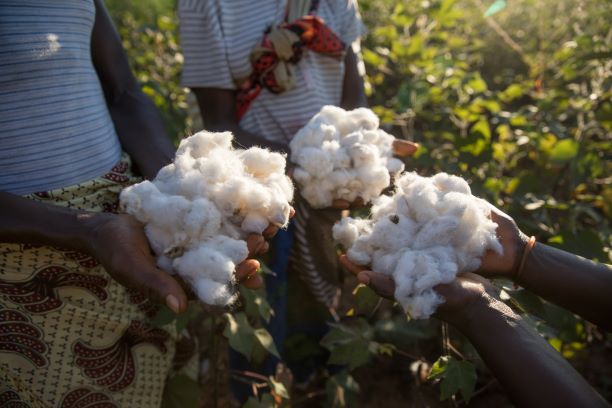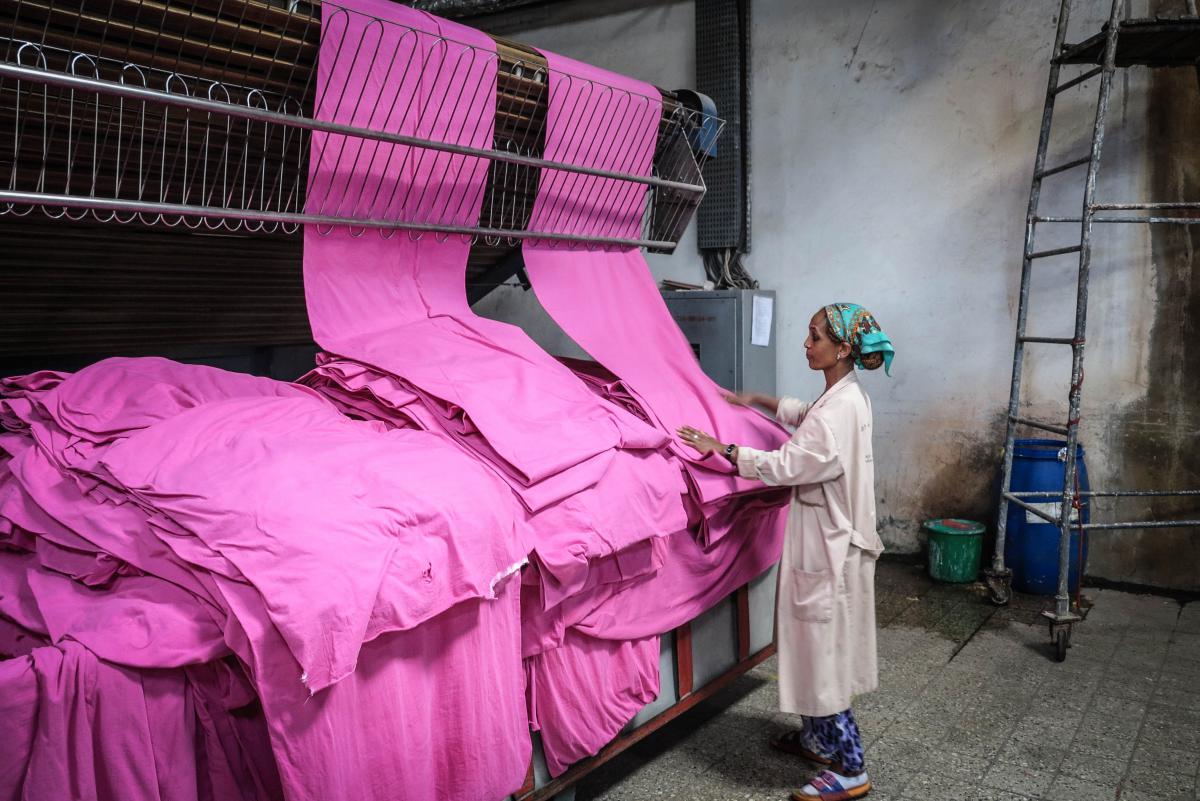
It is widely known that the fashion industry is facing multiple sustainability challenges throughout its long and complex supply chain, while the production of raw materials is mostly outside their control. For these reasons, it can be difficult for fashion brands to know where to start tackling the sustainability issues with materials, or even tempting to ignore them altogether.
However, the materials mix contributes to a very significant share of a fashion brand’s environmental and social footprint. Important sustainability wins can be achieved precisely at this stage of the supply chain.
A recent fashion industry survey has shown that the use of sustainable materials is increasing: 53.7% of companies are using recycled materials and 51.9% are using sustainable cotton. However, barriers to sustainability remain an issue. For instance, 17.9% of companies surveyed mentioned that “it is too complicated”.
This blog captures the key points from a panel discussion at the recent Global Cotton Sustainability Conference in Shanghai and in so doing, aims to show that developing a sustainable materials strategy is, in fact, not rocket science.
STEP 1: Prioritize materials
The very first stage of the fashion supply chain involves many materials (cotton, polyester, viscose and leather, to name a few), each with their own sustainability challenges. Finding out what materials are most used in its products will allow the brand to prioritize which ones to focus its sustainability efforts on. In the longer run, some brands also decide to reduce the range of materials used in their products.
STEP 2: Identify the risks
For each prioritized material, the next step is to identify the sustainability issues during its production. In this respect, Non Governmental Organizations (NGOs) can be a useful source of information, and considering their expectations is a great way to measure the pulse of societal expectations from companies.
The Greenpeace Detox campaign that led to the establishment of the Zero Discharges of Hazardous Chemicals (ZDHC) foundation is exemplary of how companies can significantly improve their sustainability in response to NGO demands.
Panelists present at the Global Cotton Sustainability Conference recommended that early engagement with NGOs, even the critical ones, is valuable for crafting a company strategy.
Investing in supply chain mapping will also be essential in this step to determine how general sustainability risks relate to the brand’s specific supply chain.

STEP 3: Select improvement actions
NGOs advocating for businesses to take more action on sustainability topics will usually also provide recommendations for a way forward. For example, the Sustainable Cotton Ranking comes with a set of recommendations on how business can make progress on sustainable cotton. Considering these recommendations as well as identifying existing collaborative platforms and initiatives is the next step. It may be a platitude, but it remains very true (considering the size and number of actors in the fashion industry) that no single company can drive change on its own, and that collaboration is therefore key.
The fashion industry has no lack of collaborative platforms. During the panel discussion, the participants explained that their criteria for choosing which initiative to join include credibility, impact, scalability, cost and resource intensity. Considering what peers and competitors are doing also gives a sense of what might work for your business.
In some cases, phasing out certain materials can be the most sustainable option in the short or medium term. For example, many brands have decided to ban mohair from their supply chain.
STEP 4: Set targets
Setting targets is the next step. Companies need to set a public, time-bound target for each prioritized material. These targets should be SMART – Specific, Measurable, Achievable, Relevant and Time-bound. They should also be public: according to Harsha Vardhan, Global Environment Manager at H&M:
External target is an important driver; when you don’t publicly disclose such a target, it’s almost like not having a target at all.
STEP 5: Gain top level buy-in
According to a recent Drapers’ survey, over 80% of fashion industry representatives agree that sustainability is important to their senior leadership. This is good news. For Phil Townsend, Sustainable Raw Material Specialist at M&S, it is absolutely critical to get buy-in from your senior management before you start sourcing sustainable cotton.
It shouldn’t only be the responsibility of a small sustainability team, it has to be embedded throughout the company.

STEP 6: Implement
This takes us to the next step: training and engaging colleagues beyond the CSR department is essential. Focusing on the positive aspects of sustainability and creating opportunities to connect with the reality of raw materials production by, for example, organizing a trip to a cotton field, will go a long way in getting colleagues on board. For procurement teams, it is effective to set targets for sustainable raw materials sourcing. For marketing teams, it helps to emphasize the marketability of sustainability.
When it comes to suppliers, the panelists recommended not to disrupt the supply chain but rather to inform, train, support, and negotiate with your existing suppliers to get them on board as well.
Building on the initial supply chain mapping, continuing to invest in traceability will provide greater insight into a brand’s supply chain.
STEP 7: Report
Reporting on the execution of the strategy is an integral part of this process. Beyond the marketing aspect of publishing a CSR report, it is also a good moment to reflect on the successes and failures. Moreover, societal expectations regarding company transparency are increasing. Combining traceability and transparency can be a powerful way to demonstrate accountability towards customers and society in general. More and more brands are now publishing the list of their tier 1 or 2 suppliers.
STEP 8: Rewind
There is no endgame. There will always be new sustainability challenges: for example, the release of microplastics from synthetic t
extiles into the oceans (as a result of washing clothes made of synthetic fibres) has recently received much attention. There will also be new materials that will require examination with regard to their sustainability. Even when “sustainability solutions” exist, the bar can always be raised and negative impacts reduced. So although it is not rocket science, it is nevertheless a never ending task.
Find out more about Solidaridad’s work in cotton.
